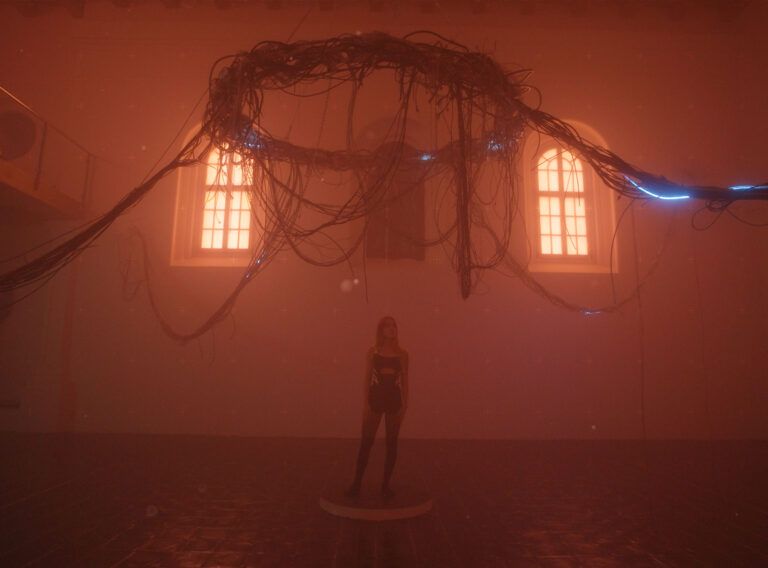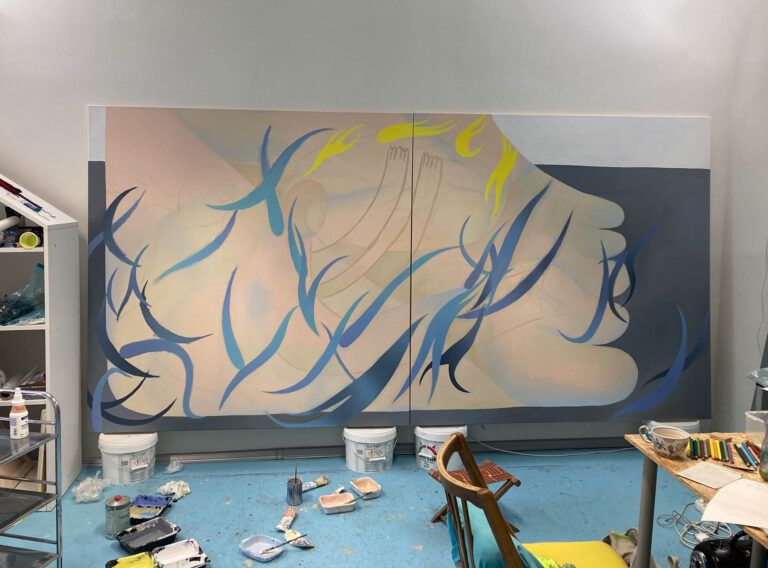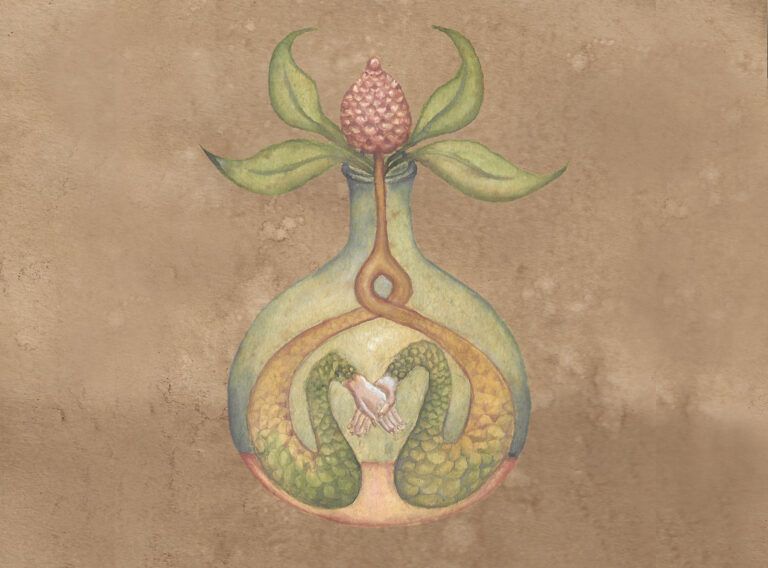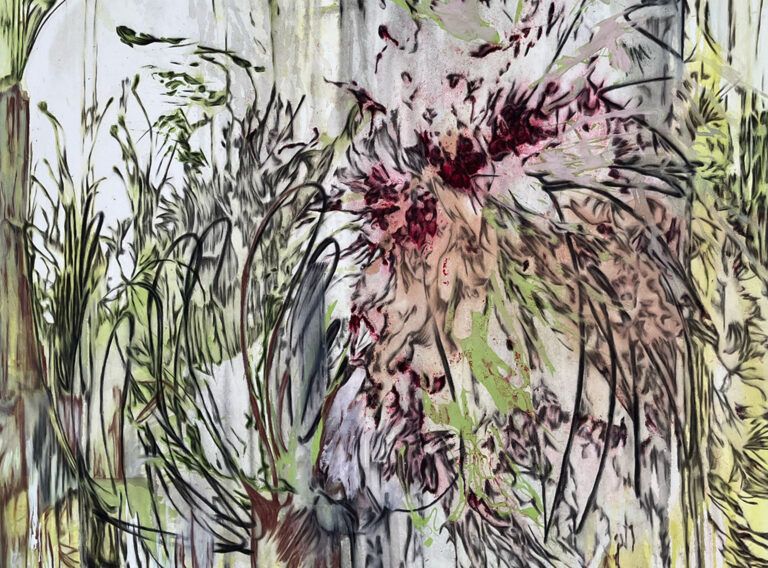Words by the author / For some time now, I’ve been invested in rituals, customs and traditions that, for the most part, come from the pre-Christian period but we meet them even today in some form. At first, I focused my interest namely on wedding rituals that allow for a clear past/present comparison of their significance in both human life goals and aesthetics. The rituals we adhere to at weddings even today carry activities that are supposed to banish evil spirits and ghouls. Wedding rituals also play an important role in influencing one’s social standing, especially with women.

By means of wedding rituals, I got to supposed life goals and depicting of our “journey through life”. To portray these current imaginary goals and “dreamt-of journeys” of mine, I use symbols, elements and creatures from old, mostly pagan rituals and fables. That’s how dark fairy tales about our existence come to life.
Via the fairy tale scenarios about life I invent, I return to rituals that are still carried out in many parts of the world, including ours. These rituals are closely connected to nature and astrology. Many of them were devised to ensure good harvest and favour of the gods linked to meteorological conditions, fauna, and flora. Sacrifices were made, symbolically burnt and drowned. More specifically, I’m talking about the rituals associated with winter and summer solstice – the longest night and day – the death and birth of the Sun-god – the thin line between the world of the dead and the living. Nowadays, we live in an era when our activities have long overstepped the boundary of balance and the forests burn but not as a sacrifice to the gods.





Within the framework of these rituals, humans have depicted the gods’ symbols on various articles of daily use, furniture, products of nature or houses. We can think of it as folk art that came to life for the purpose of illustrating individual activities and conjuring of certain magical actions. This is the aesthetic I source from in my drawings on paper. I depict masks, supernatural beings, godlings, sacrifices, rites of passage, etc. The images reflect my viewpoint on the current situation via symbols from pagan rituals.



My sources of inspiration can be found in movies such as Midsommar by Ari Aster or The Wicker Man by Robin Hardy from 1973. Regarding Czech movies, it’s Morava, krásná zem, parts I to III (translated as Morava, a Beautiful Land), by Petr Šprincl. Literature I would mention is e.g. The Golden Bough by James George Fraser or Rites of Passage by Arnold van Gennep.




BIO / Currently, Barbora Šemberová is attending her 5th year at the Painting III studio at Academy of Fine Arts in Prague, led by Josef Bolf, Nik Tomková and Jakub Hošek. During her studies, she completed one semester of internship at the Intermedial Confrontation studio at Prague’s UMPRUM, led by Jiří David and Milan Salák, and one semester of abroad internship at HKU University of Fine Arts Utrecht, the Netherlands. Before studying at the Academy in Prague, she took her BA at Ladislav Sutnar Faculty of Design and Art in Pilsen, the Czech Republic, at the Illustration and Bookbinding studio. Both bookbinding and illustration are still of great interest to her. Nevertheless, in Šemberová’s non-commissioned work, she tries to predominantly work with space and to create an environment appropriate for the topics she engages with.


List of artworks, from left to right, from the top to the bottom: St. Lucy with the boy, Untitled, Being, St. Lucy, Harvest home, Untitled, Girl, Kingdom of the Flowers, Maypole, Bride, Dragon, Our goal, St. Lucy & St. Barbora, Advent, It is sad
Artwork & Text / Barbora Šemberová




